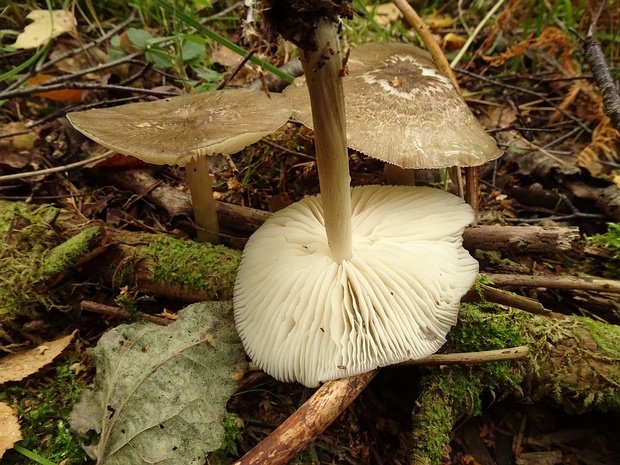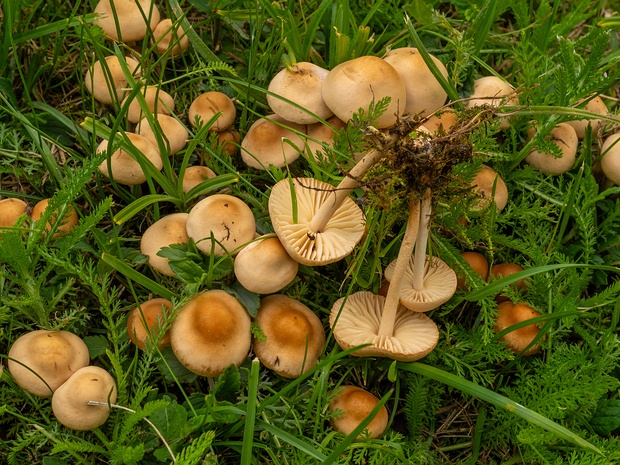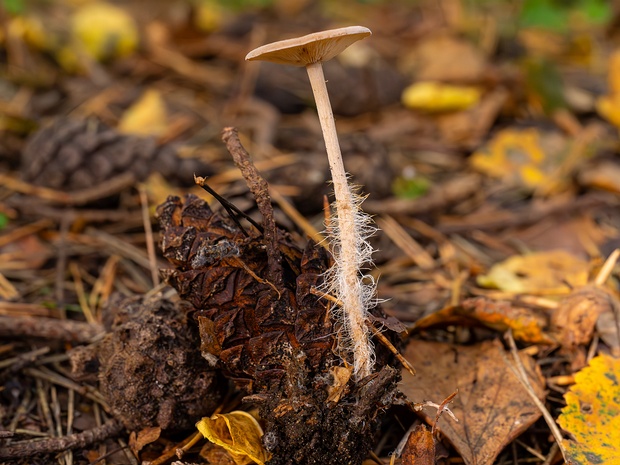
Baeospora myosura - Беоспора мышехвостая - Mouse-tailed mushroom - Mäuseschwanz-Scheibling
Baeospora myosura, also known as the mouse-tailed mushroom, is a small agaricomycete fungus that is found in temperate regions across the world. This fungus is…
54 images
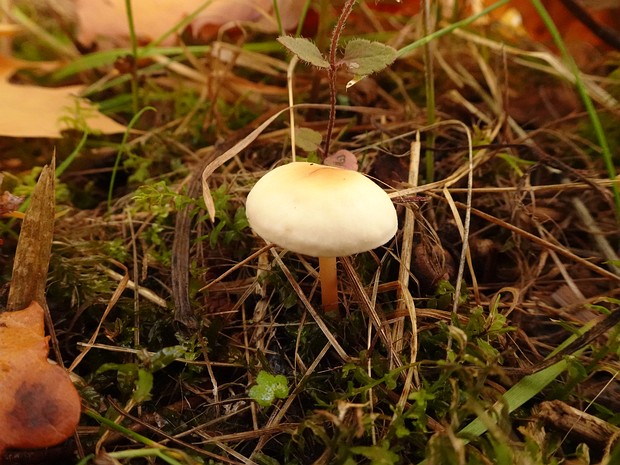
Gymnopus dryophilus - Гимнопус дуболюбивый - Oak-loving Collybia - Eichen-Krempling
Gymnopus dryophilus, also known as the oak-loving collybia, is a small agaricomycete fungus that is commonly found in oak forests in North America and Europe.…
8 images
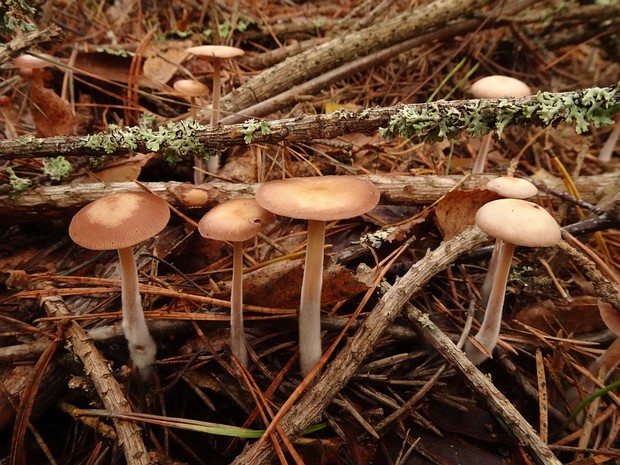
Gymnopus putillus - Гимнопус маленький - Little Gymnopus - Kleiner Krempling
Gymnopus putillus, also known as the little gymnopus, is a small agaricomycete fungus that is commonly found in temperate forests around the world. This…
11 images
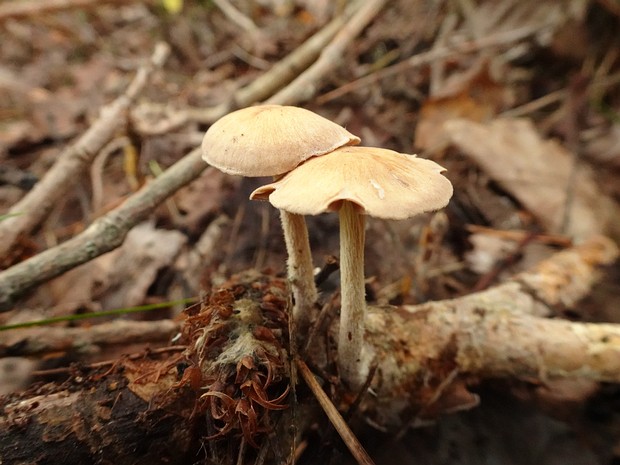
Gymnopus peronatus - Гимнопус обутый - Clustered Collybia - Rötender Krempling
Gymnopus peronatus, also known as the clustered collybia, is a small agaricomycete fungus that is commonly found in temperate forests around the world. This…
4 images
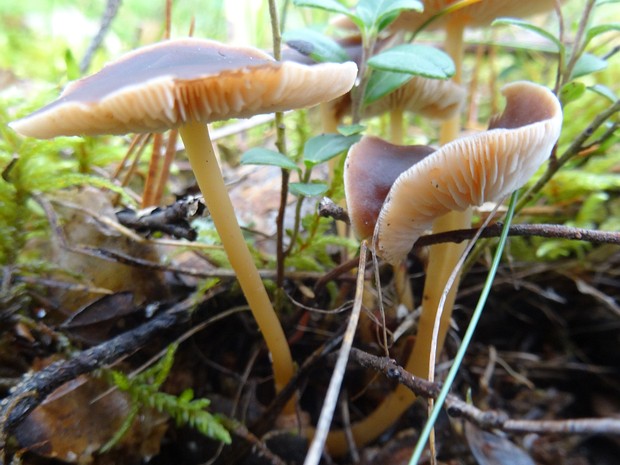
Gymnopus ocior - Гимнопус скороспелый - Fast-footed Gymnopus - Frühbeiniger Krempling
Gymnopus ocior, also known as the fast-footed gymnopus, is a small agaricomycete fungus that is commonly found in temperate forests around the world. This…
6 images
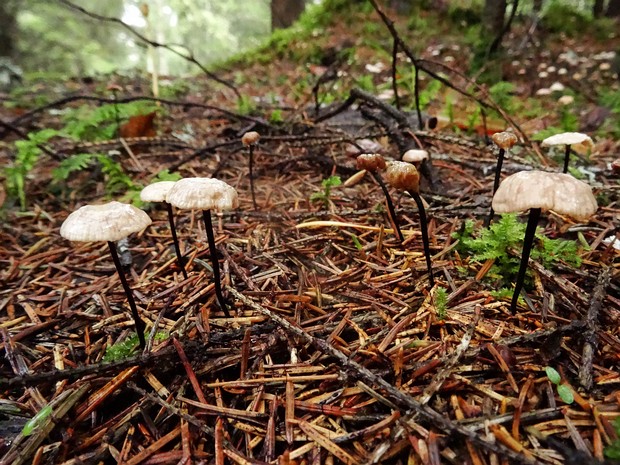
Gymnopus androsaceus - Гимнопус тычинковый - Bell Gymnopus - Glocken-Krempling
Gymnopus androsaceus, also known as the bell gymnopus, is a small agaricomycete fungus that is commonly found in temperate forests around the world. This…
15 images
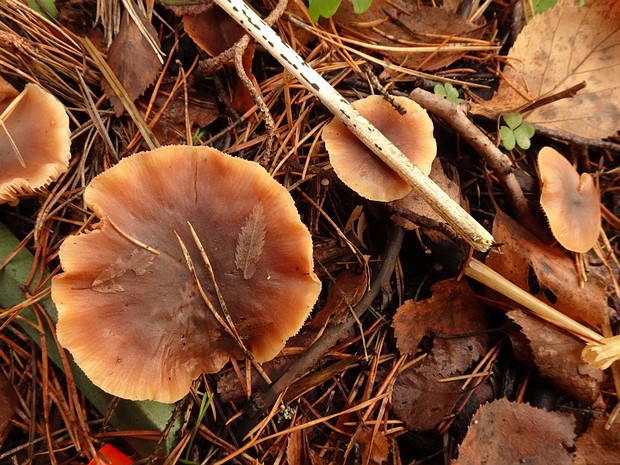
Macrocystidia cucumis - Макроцистидия огуречная - Cucumber Macrocystidia - Gurken-Riesen-Träuschling
Macrocystidia cucumis, also known as the cucumber macrocystidia, is a basidiomycete fungus that is characterized by its large cystidia, or sterile cells on the…
11 images
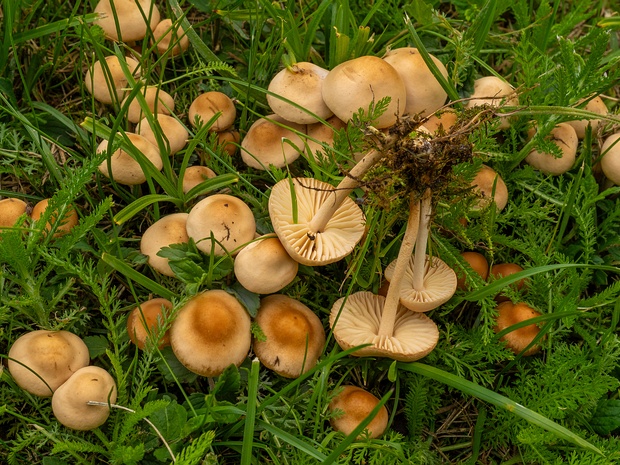
Marasmius oreades - Негниючник луговой - Scotch Bonnet - Masshroom
Marasmius oreades, commonly known as the Scotch Bonnet or Fairy Ring Mushroom, is a small, gilled fungus renowned for its edible qualities. It exhibits a caps…
95 images
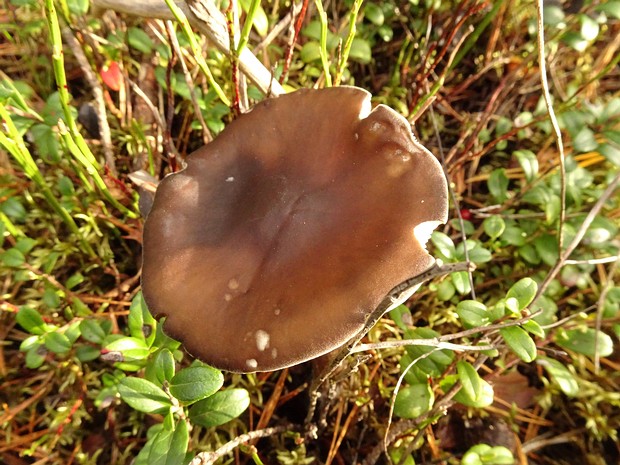
Rhodocollybia butyracea - Родоколлибия масляная - Buttercap - Butterpilz
Rhodocollybia butyracea, also known as the buttercap, is a small agaricomycete fungus that is commonly found in temperate forests around the world. This…
3 images
